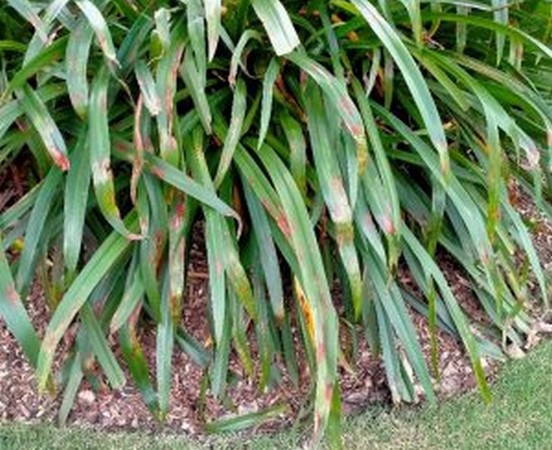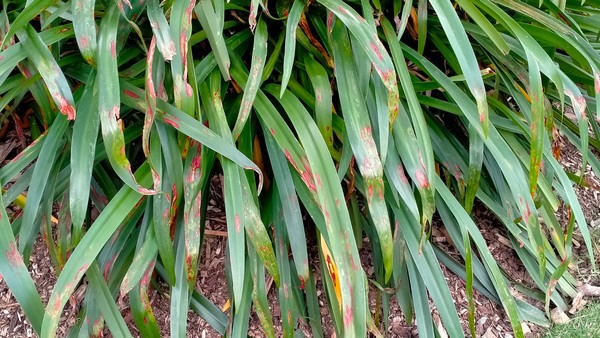Project Update
- Tospoviruses, a group of thrips-transmitted viruses, have the potential to greatly harm plant production in Australia.
- A levy-funded project is currently exploring ways that growers could identify infestation from these pathogens early, enhancing biosecurity.
- The project has found that spider lilies can be used to warn of tospovirus infection, and growers should consider using them as sentinel plants.

Tospoviruses are among the most economically devastating plant pathogens in the world. One of the main reasons they have such notoriety is their vast host ranges. Tomato spotted wilt virus (TSWV) has a worldwide distribution and infects more than 1,000 plant species in over 85 plant families.
All tospoviruses are transmitted by thrips, and the major vector species in Australia are the western flower thrips (Frankliniella occidentalis), onion thrips (Thrips tabaci), and melon thrips (Thrips palmi). Interestingly, only the first and second instars of these thrips can acquire the viruses, but once they have fed on an infected plant, the thrips remain infectious for the remainder of their lives, right through to adulthood.
In vegetable crop plant species, the most effective control method for tospoviruses is the deployment of disease resistance genes. In ornamental plant species, disease control must rely upon the control of the thrips vectors.

The levy-funded project ‘Improving on-farm surveillance strategies for tospoviruses and thrips to enhance the biosecurity of the nursery industry (NY19007) is working to develop industry surveillance tools to mitigate the risk of viral infection.
Three experiments were done to test these two alternative hypotheses.
Firstly, the question of whether infection in spider lilies was localized to certain parts of the plant or the virus moved systemically around the plant was asked. Leaves were collected showing ringspot symptoms, and many samples for diagnostic testing were taken. This experiment showed that the virus could only be detected within the ringspot lesion and not in healthy parts of the leaf, suggesting that infection was very localized, probably at the point where the thrips insect had fed.
In a second experiment, diseased plants growing outside in gardens in Brisbane were identified, which were dug up, bulbs included and transplanted into pots in an insect-free glasshouse. While the leaves that were already diseased retained their symptoms, all newly emerged leaves produced after transplanting the plant into pots were entirely healthy.
The final experiment was to investigate the genetic diversity of the virus in different spider lily plants. Quite significant genetic variation of the virus between plants was observed.
The conclusion from these three experiments was that spider lilies are continually reinfected by migrating, virus-containing thrips, and each ringspot that is observed on a leaf is indicative of an independent inoculation event.
The virus appears capable of moving to neighbor cells at the point of inoculation but is not able to be transported long distances in the plant, either into the newly emerging leaves or into the bulb.
For more information:
Greenlife Industry Australia
www.greenlifeindustry.com.au
